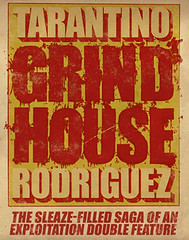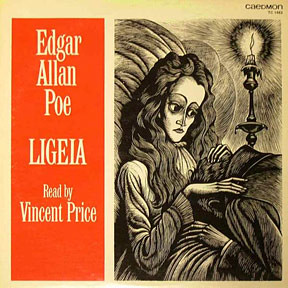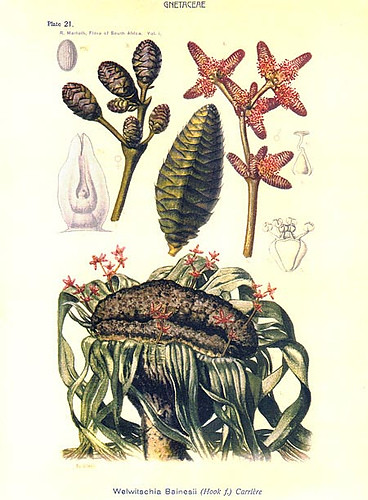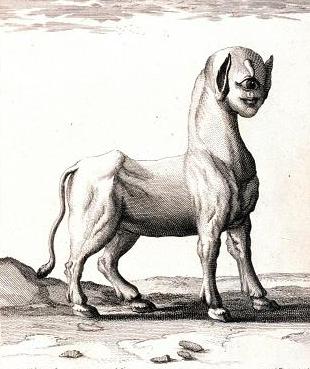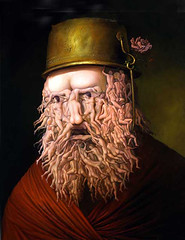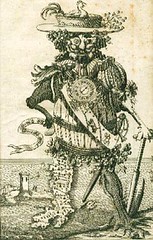Headpress Guide to the Counter Culture : A Sourcebook for Modern Readers (2004) – Temple Drake, David Kerekes [Amazon.com] [FR] [DE] [UK]
Subject matter will appeal to a broad cross section of interests, and includes cult film, outsider music, graphic art, photography, adult comics, fiction, eroticism, crime and the occult.
This is a collection of zine and book reviews that previously appeared in the Headpress zine during the nineties. Most of the material was familiar to me. Some pleasant surprises were Daniel Clowes (Ghost World, Google gallery, and this, his work is similar to fellow American Charles Burns), mentions of Colin Wilson, a portrait of the work of Roy Stuart, (Google gallery who put narrativity back into erotic photography by making use of vignettes).
Most of the books/mags reviewed are from the nineties and early 2000s.
I am very much intrigued by this:
Bechamp or Pasteur: A Lost Chapter in the History of Biology (1997) – Douglas E. Hume
[Amazon.com] [FR] [DE] [UK]
This book claims that virtually every serious and minor ailment known to humanity has been linked to vaccine damage, and there’s an “unaccountable” connection between the AIDS epidemic in Central Africa and the massive vaccination campaigns that occured there. — Mikita Brottman via Headpress Guide to the Counter Culture (2004). See also anti-vaccination.
And thankful for turning me on to this:
The Art of the Nasty (1999) – Nigel Wingrove, Marc Morris
[Amazon.com] [FR] [DE] [UK] […]
Conclusion: I liked the non-fiction reviews the best. In that field, Adam Parfrey (Apocalypse Culture) is somewhat a central figure.
If you like Headpress you may also enjoy Dalkey Archive Press – Atlas Press – Jörg Schröder – John Calder – Sylvia Beach – Creation Books – Edmund Curll – Lawrence Ferlinghetti – Maurice Girodias – Glittering Images – Grove Press – Eric Losfeld – Headpress – New Directions – Obelisk Press – Olympia Press – Jean-Jacques Pauvert – RE/Search publications (V.Vale and A. Juno) – Barney Rosset – Taschen and Semiotext(e).
Headpress elsewhere: at giallo fever.



